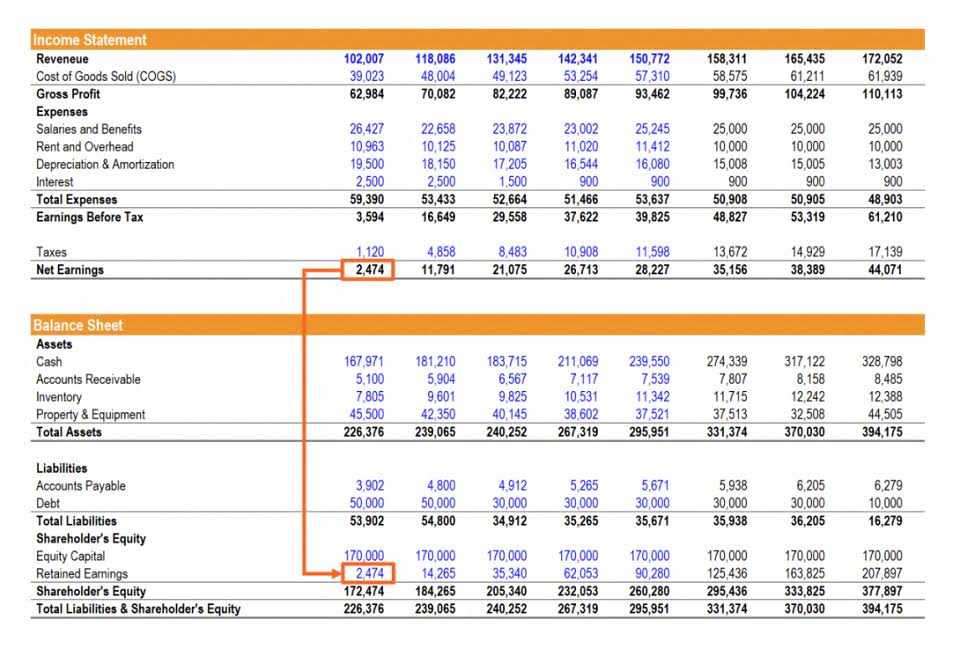
Passing rigorous performance packaging design tests ensures that these solutions maintain product integrity while meeting the high expectations of today’s shoppers. Whether in food, https://www.bookstime.com/consumer-packaged-goods personal care, or beauty packaging, companies that proactively align their strategies with evolving policies are better positioned to thrive in a dynamic marketplace. This agility can serve as a critical differentiator for brands, earning trust from eco-conscious consumers while ensuring compliance. For instance, advancements in flexible packaging allow brands to ship lighter, compact products, reducing transport emissions.
- So American CPG firms can maintain quality, react quickly to trends, and capitalize on events like the Olympics or World Cup to engage international consumers.
- Compact packaging designed for sampling allows consumers to explore new products without committing to full sizes, creating an accessible entry point for emerging brands.
- Let’s unpack key health trends to better understand how shoppers will approach functionality and nutritional profiles in 2025.
- Consumer promotions now have built-in buffers limiting purchase quantities to ensure sufficient stock.
- Some common examples of CPG items include household products, makeup, drinks, food, toilet paper, and clothes.
- Consumer sentiment is finally improving, and the economy is solidly on the rise.
- New business models must create stickiness by delivering a unique brand experience.
Product categories

Overall, CPG brands continually earn consumer trust through goodwill and accountability. CPG brands also give retail partners greater decision authority over inventory quantities and placement to optimize based on local buying patterns and store format constraints. Consumer promotions now have built-in buffers limiting purchase quantities to ensure sufficient stock.
Characteristics of CPG products
Streamlined logistics and localized fulfillment strategies are critical for meeting consumer expectations and maintaining satisfaction. For decades, success hinged on dominance in brick-and-mortar retail, but today’s consumers are increasingly shopping online. The rapid growth of e-commerce, coupled with shifting consumer expectations, requires CPG brands to adapt quickly to capture emerging opportunities in the digital marketplace. Another technological advancement that is likely to have a big impact on the future of CPG is the Internet of Things (IoT).

CPG Marketing: Unpacking Consumer Packaged Goods Marketing

As a result of this geotargeting approach, Starbucks was able to improve its sales by 15%. This kind of AI-backed level of hyper-personalized advertising and engagement is not only possible — it’s also profitable. For brands within the CPG ecosystem, the benefits of adopting AI are myriad; they’re especially pertinent within the areas of marketing, sales, and retention. With AI, brands can connect in new and exciting ways with existing and future buyers. As a result of these connections, they can increase their revenue and achieve long-term retention goals. As supply chain disruptions continue to be part of the “new normal,” CPG brands are prioritizing investments in transparency Bookstime and real-time data to improve collaboration and minimize inventory impacts.
- By tapping into these alternatives, brands can deliver functional, sustainable, and market-ready packaging.
- The reimagining of the American pantry is also accompanied by an accelerated shift toward products with a design-forward look and feel.
- Consumers increasingly prioritize wellness and prevention, relying on online research and considering doctors only as a last resort.
- Ecommerce platform provider EtailSolutions notes that AI can drive dynamic pricing by considering multiple factors at once.
- Through data-driven insights on shopping journeys and consumption cadences, CPG brands embed themselves into modern consumer lifestyles.
- Innovations like NFC-enabled materials allow brands to connect the physical package with the digital world seamlessly.
Innovation Strategy and Delivery
- Consumers consume or run out of these goods faster and must replace them or do without entirely.
- In contrast, 80%+ of revenue for the large, global CPGs still comes from the core.
- Their short window of attention makes generating and sustaining repeat purchases the basis of the CPG business model.
- E-commerce demands faster delivery times and greater channel diversity, pressuring traditional supply chains.
- Fast-moving consumer goods (FMCG) is another term used to describe CPG products.
Well, the jerky category could be in for some disruption with chip-like products hitting the market, deviating away from the chewy texture of Jerky to a crispy, crunchy version. Additionally, there could be space for crunchy snacks with a creamy/jam filling as consumers look for antagonistic textures in their products. Functional beverages are tapping into rising consumer interests and expanding the audience beyond traditional beverage buying habits. Up-and-coming ingredients and formulations will continue to create new opportunities for brands and retailers.
Escalating and volatile costs
What makes them particularly appealing is that consumers enjoy a more personalized experience, tailored to their specific income statement needs and preferences. More and more consumers are recognizing the value of choosing store-branded products, contributing to a sustained increase in sales. Even as the impact of the COVID-19 pandemic wanes, consumers continue to prioritize health-conscious choices. Simultaneously, there has been an increase in sales for brands actively championing sustainability. Another noteworthy development is the movement away from fast fashion brands, with consumers gravitating towards slow fashion alternatives that prioritize quality, durability, and timeless style.

Even well-known companies must continuously invest in advertising in an ongoing effort to increase brand recognition and stimulate sales. Consumer packaged goods are items used daily by average consumers that need to be replaced or replenished regularly. These can include goods such as food, beverages, clothes, makeup, toilet paper, and other household products.
Packaging Pivots
Child safety products like cabinet locks or safety gates enable parents to babyproof homes. As the consciousness of ingredients and ethics rises, brands respond with natural formulas and cruelty-free positioning. For example, cosmetics brands tout organic extracts over synthetic chemicals. And emerging consumer segments such as teens and minorities present untapped market potential. With a customer-centric approach and a digital-first attitude, CPG brands can thrive in the ever-evolving market.
Leave a Reply